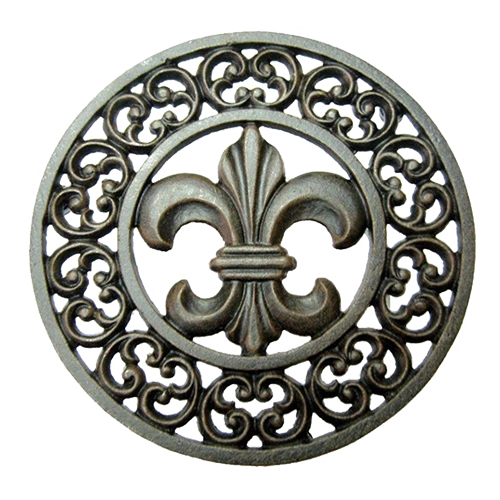Mobile:+86-311-808-126-83
Email:info@ydcastings.com
casting aluminum
The Art and Science of Casting Aluminum
Aluminum casting is a pivotal process in modern manufacturing, widely used across various industries to create intricate components. This method involves pouring molten aluminum into a mold where it solidifies into the desired shape. The process is not only efficient but also allows for high precision and the production of complex geometries.
One of the key advantages of aluminum casting is the lightweight nature of the material. Unlike steel and other metals, aluminum is considerably lighter, which makes it an ideal choice for industries such as aerospace and automotive, where reducing weight can lead to improved fuel efficiency and performance. Furthermore, aluminum has excellent corrosion resistance, making it suitable for components exposed to harsh environments.
The Art and Science of Casting Aluminum
1. Sand Casting This traditional technique utilizes sand as a mold material. The process begins with creating a pattern of the object to be cast, which is then placed in a sand mixture. The sand is compacted around the pattern to create a mold. After the pattern is removed, molten aluminum is poured into the cavity. Sand casting is particularly advantageous for producing large parts or one-off prototypes, as it requires relatively low investment in molds and tooling.
casting aluminum

2. Die Casting In contrast to sand casting, die casting involves advanced technology with the use of steel molds that can withstand high pressure. This method is known for its precision, rapid production rates, and the ability to produce parts with thin walls. Die casting is often used for high-volume production runs and results in a smooth finish that often requires minimal machining after casting.
3. Investment Casting This method, also known as lost-wax casting, offers exceptional dimensional accuracy and surface finish. A wax pattern is coated with a ceramic material, and once it hardens, the wax is melted away, leaving a precise mold for the molten aluminum. Investment casting is suitable for complex designs and offers the ability to create intricate features that would be difficult to achieve with other methods.
Sustainability is another significant aspect of aluminum casting. Aluminum is highly recyclable, and its recycling process uses only a fraction of the energy required to produce new aluminum from ore. Consequently, many manufacturers are implementing practices to recycle aluminum scrap generated during the casting process, further minimizing their environmental footprint.
As industries continue to evolve, the demand for custom aluminum castings is on the rise. Advances in technology, such as computer-aided design (CAD) and 3D printing, are revolutionizing the way manufacturers approach the casting process. These innovations allow for faster prototyping and more complex designs, catering to the ever-changing needs of the market.
In conclusion, aluminum casting stands as a cornerstone of modern manufacturing, combining artistry with engineering to create functional components for a myriad of applications. Its lightweight and versatile nature, coupled with sustainable practices, ensures that aluminum casting will remain a vital player in the production landscape for years to come. As techniques continue to advance, the possibilities for innovation within this field are limitless.
-
Why Should You Invest in Superior Pump Castings for Your Equipment?NewsJun.09,2025
-
Unlock Performance Potential with Stainless Impellers and Aluminum End CapsNewsJun.09,2025
-
Revolutionize Your Machinery with Superior Cast Iron and Aluminum ComponentsNewsJun.09,2025
-
Revolutionize Fluid Dynamics with Premium Pump ComponentsNewsJun.09,2025
-
Optimizing Industrial Systems with Essential Valve ComponentsNewsJun.09,2025
-
Elevate Grid Efficiency with High-Precision Power CastingsNewsJun.09,2025











